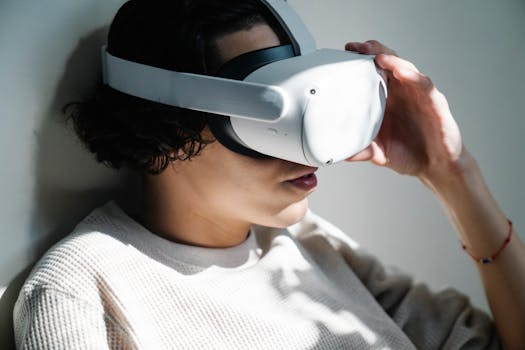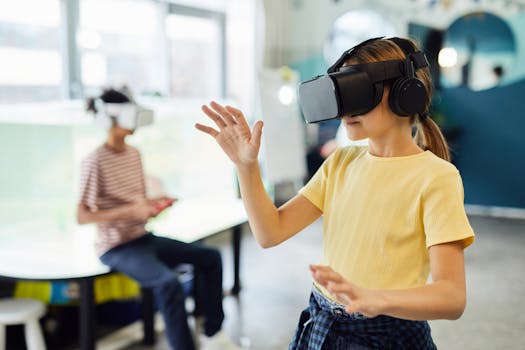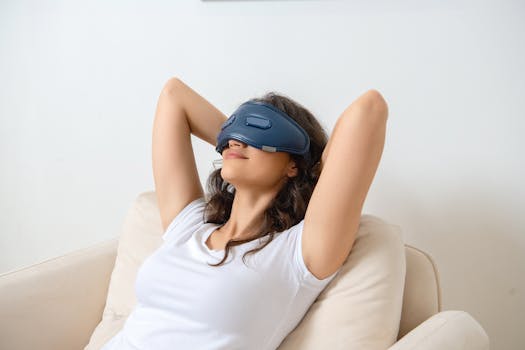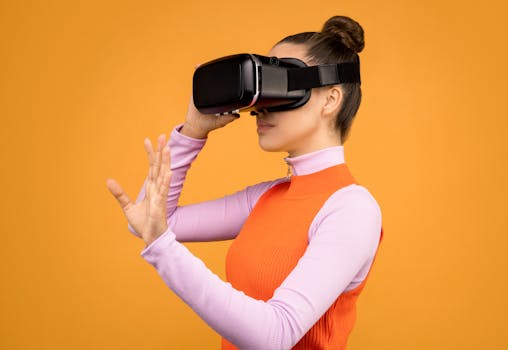
Table of Contents
- Smart Home Technology
- Wearable Health Tech
- Personal Assistants and Productivity Tools
- Sustainable Technology
- Virtual and Augmented Reality
Smart Home Technology


Moreover, smart lighting systems, such as Philips Hue, allow you to customize the ambiance of your home remotely or through voice commands. These technologies not only enhance comfort but also contribute to energy conservation, making them an essential part of a modern lifestyle.
Wearable Health Tech

These wearables encourage a more active lifestyle by setting goals and tracking progress, making it easier to stay motivated. Additionally, they often integrate with health apps, allowing users to share data with healthcare providers for better health management.
Personal Assistants and Productivity Tools

In addition to voice assistants, productivity tools such as Trello, Notion, and Todoist help individuals organize their tasks and projects efficiently. By leveraging these technologies, users can improve their time management skills, reduce stress, and achieve a better work-life balance.
Sustainable Technology

Solar panels can significantly reduce electricity bills and carbon footprints, making homes more energy-independent. Similarly, energy-efficient appliances not only save money but also conserve resources, aligning with the goals of sustainable living.
Virtual and Augmented Reality

On the other hand, AR enhances our reality by overlaying digital information onto the physical world. Applications like Pokémon GO have demonstrated the potential of AR in gaming, while industries like real estate and education are exploring its use for interactive experiences.







